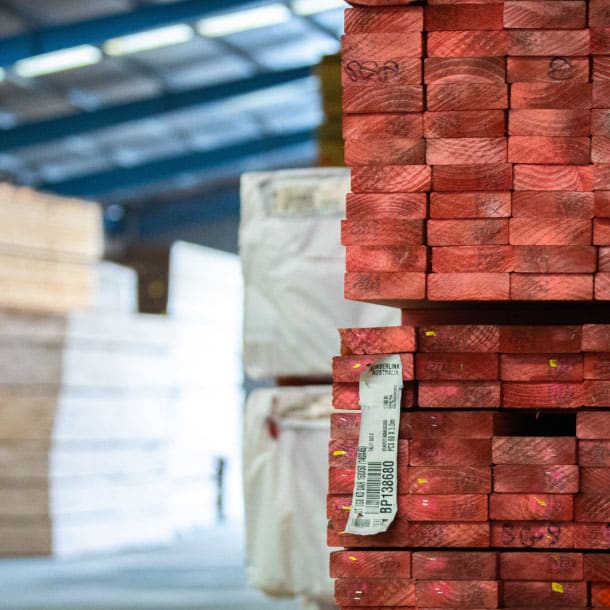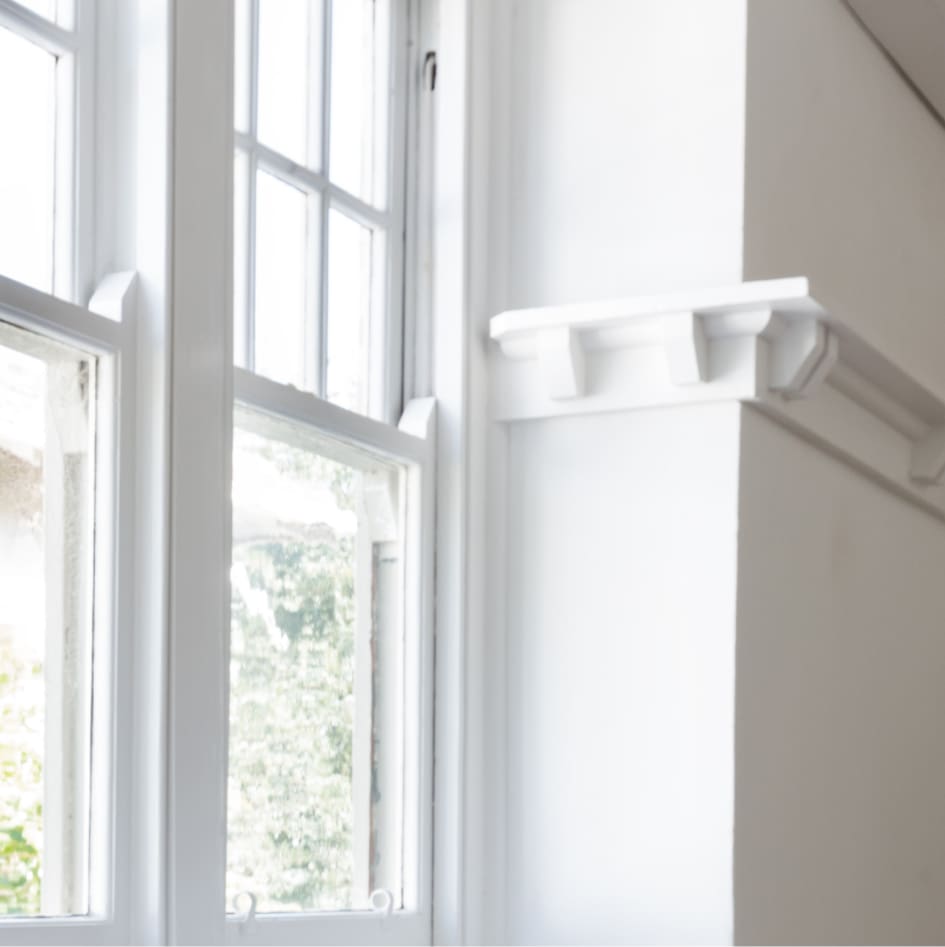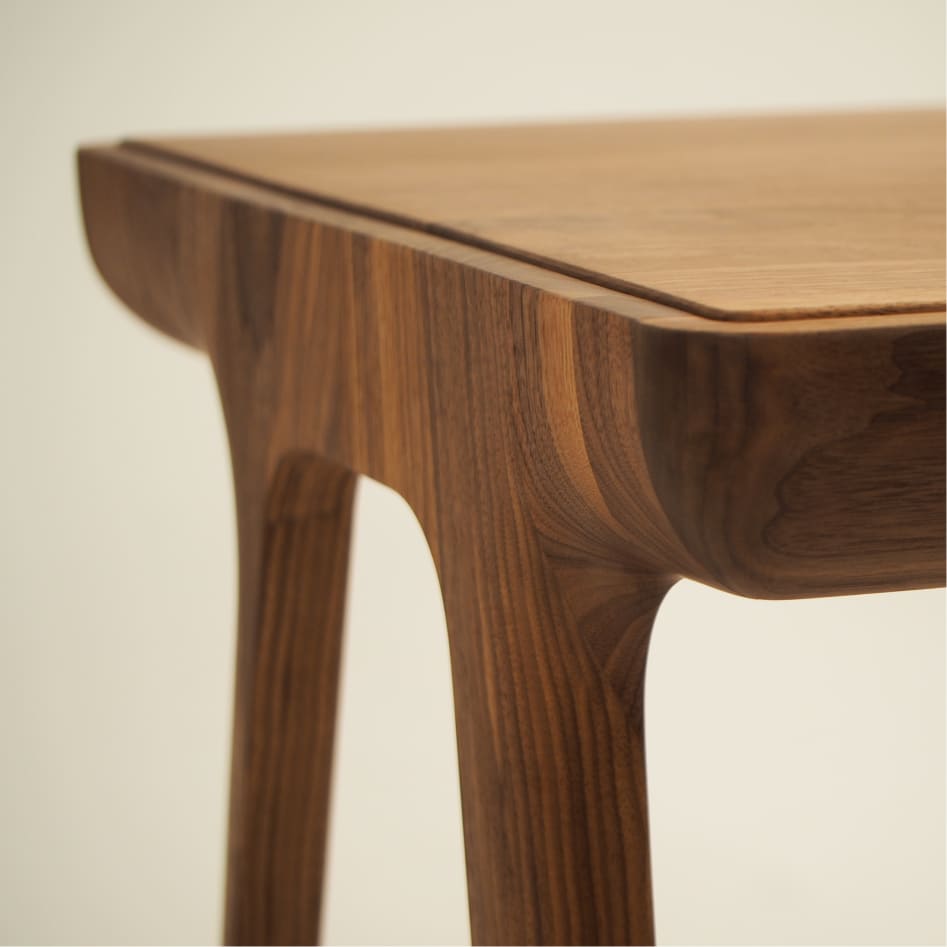Boron Treatment

Boron treatment is a wood preservation process that involves the application of boron-based compounds to protect wood against decay and insect infestation. Boron compounds, such as borates, are effective in preventing wood damage caused by fungi and wood-boring organisms.
Boron Treatment Process
1. Wood Preparation
The wood to be treated is typically dried to a specific moisture content suitable for boron treatment. This helps ensure effective penetration of the boron compounds into the wood fibres.

2. Boron Compound Application
Boron compounds, commonly in the form of liquid solutions or powders, are applied to the wood. The application can be done through various methods, including brushing, dipping, spraying, or pressure treatment.
3. Penetration and Absorption
The boron compounds penetrate the wood cells through capillary action and are absorbed into the wood fibers. This process may be enhanced by applying vacuum or pressure during treatment to facilitate deeper penetration.
Products Treated with Boron
Structural Lumber
Boron-treated wood is commonly used for structural applications, such as framing lumber, beams, and columns. It provides protection against termites and decay, enhancing the durability of the wood in construction projects.


Plywood and Engineered Wood Products
Boron treatment can be applied to plywood, oriented strand board (OSB), and other engineered wood products. It helps protect these materials against wood-destroying organisms and extends their lifespan.
Siding and Exterior Trim
Boron-treated wood can be used for exterior siding and trim applications. It offers protection against fungal decay and insect infestation, maintaining the integrity and aesthetics of the wood.


Window and Door Frames
Boron treatment is suitable for window and door frames, as it helps prevent termite attack and fungal decay. Treated frames ensure the longevity of these components in buildings.
Interior Wood Products
Boron-treated wood can be used for interior applications, including furniture, cabinetry, and millwork. It provides protection against wood-destroying organisms in indoor environments.
